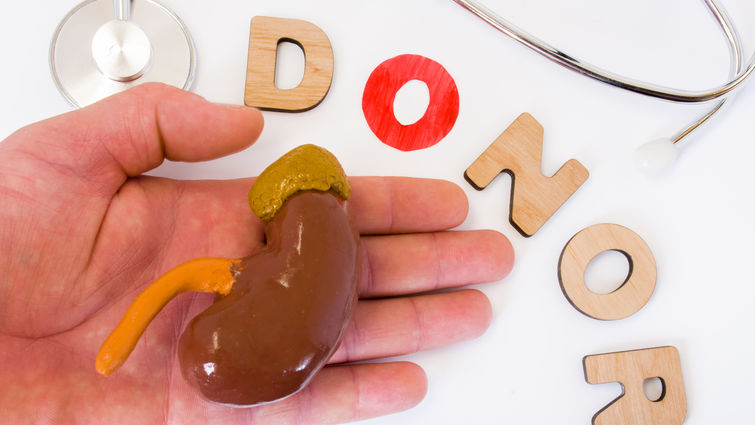
There were more than 100,000 people on the organ donation list last year, and 83 percent of those people were waiting for a kidney, according to the US Department of Health and Human Services. Not everyone on that waitlist survives long enough to receive a kidney. That’s why Loma Linda University Health promotes becoming a living donor by participating in the living kidney donor program.
Jesus Verduzco, who received a kidney in December of 2018 through a kidney swap from complete strangers urges people to look into the program that saved his life. He was on dialysis for over two years. A husband who was supposed to donate to his wife chose to donate to Jesus while Jesus’ brother donated to the husband’s wife. This living donor kidney swap is what saved not just one person, but two families.
“The living donor program is a blessing, and even though you are giving something inside of you, not only will you be okay, but you will save someone else’s life,” Verduzco says. “I believe in miracles, and that is what happened to me.”
Becoming a living donor is not an easy decision, and there is a process that accompanies the proceedings. Here are some things to be aware of when considering whether to become a living donor:
- Relation doesn’t matter. You do not have to be related to a patient to donate, although blood-related family members are more likely to be a match. If you desire to donate a kidney without offering it to a particular person, you will be matched to a candidate within the kidney registry.
- Testing. Once you have decided to become a donor, there are several blood tests that will check to see if there is compatibility. After the blood test, physicians will check to see if both parties are healthy enough to undergo the surgery.
- Kidney donation surgery. Just a week or two before the surgery there is a final physical exam and tests to perform to make sure you are still healthy enough for the operation. On the actual day of the surgery, both the donor and recipient will be admitted at the same day at the same time. The surgery takes approximately four hours and will be conducted under general anesthesia. Donors remain in the hospital an average of three days.
- Recovery. Recovery varies, but most donors heal quickly with no complications. Some may feel fatigue following the surgery, but it will improve over time.
Choosing to be a living donor is a step that requires support and information. The Loma Linda University Transplant Institute is dedicated to walking with you every step of the way. If you are interested in learning more, call 1-800-548-3790.
